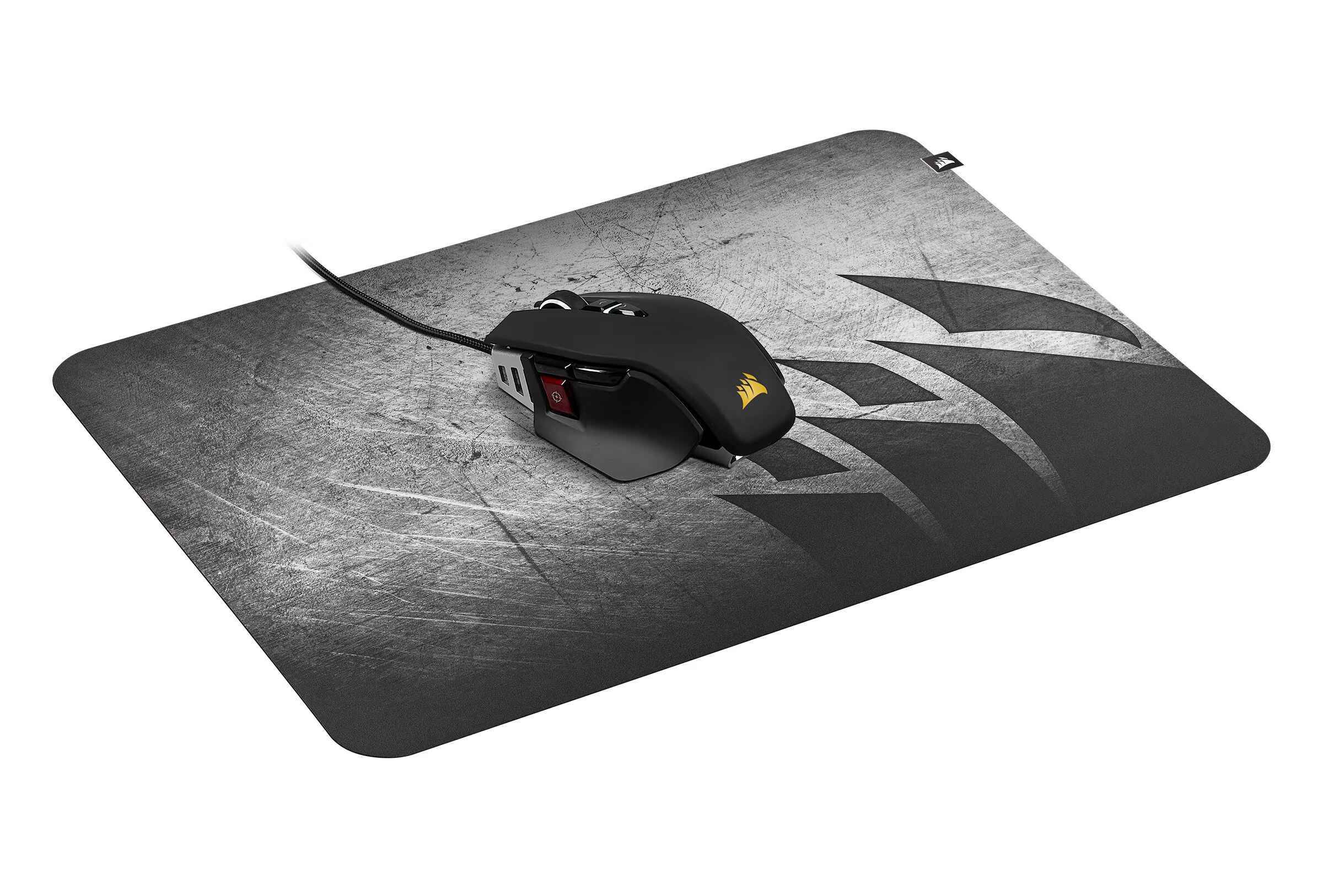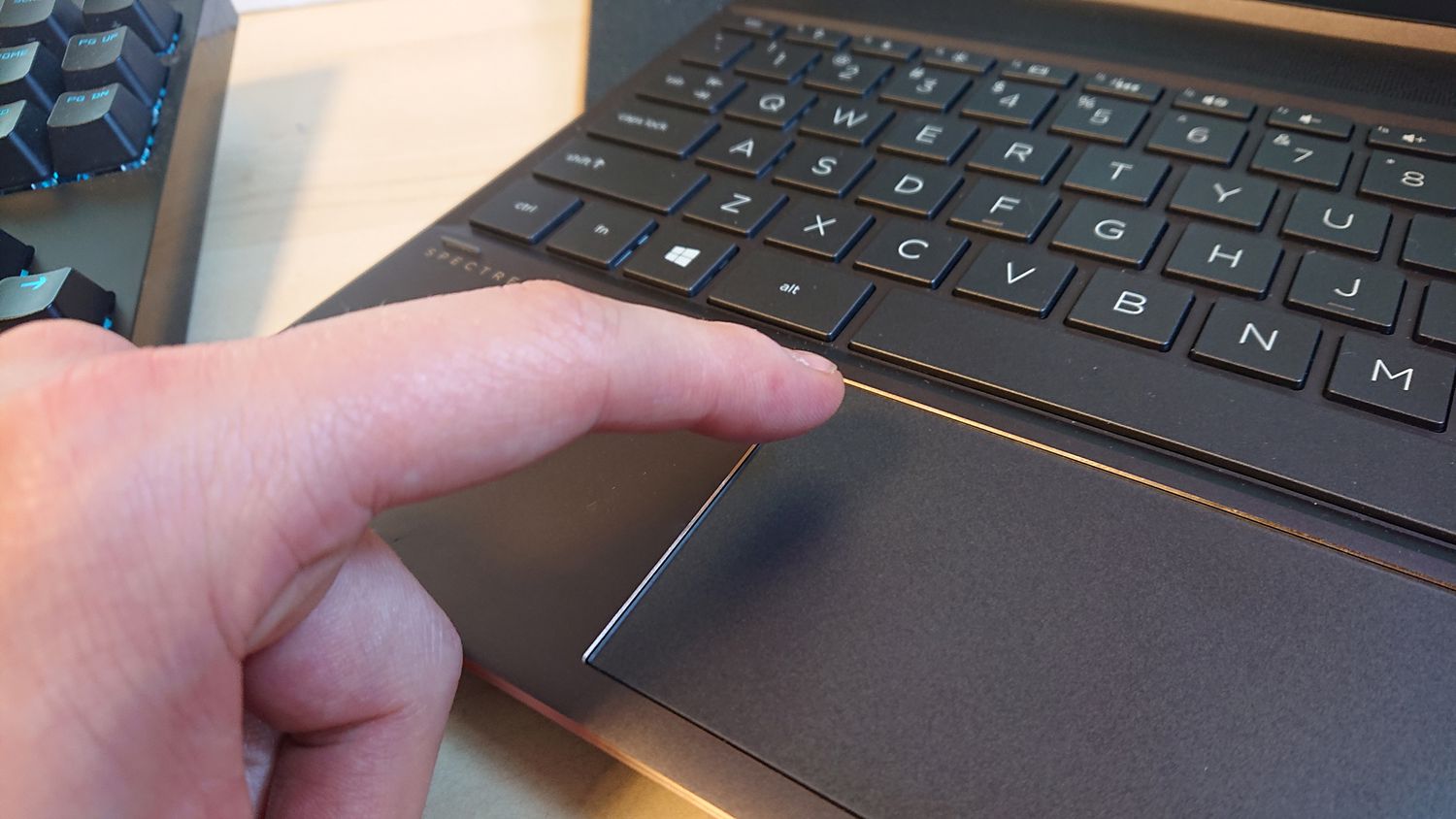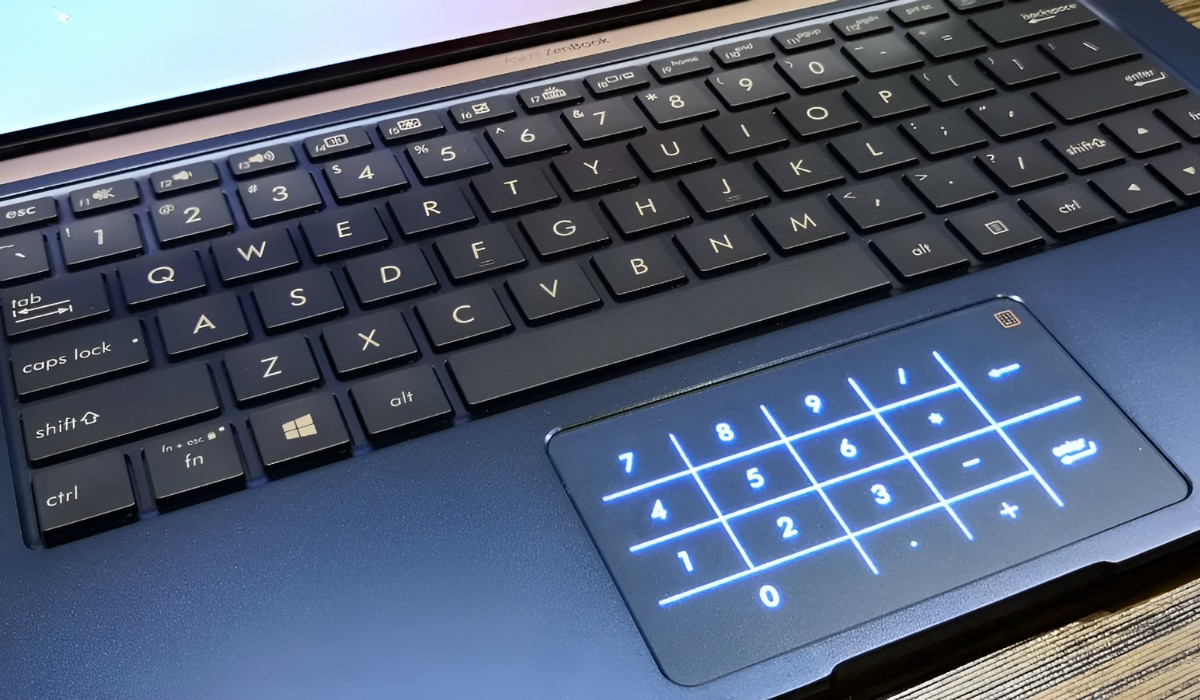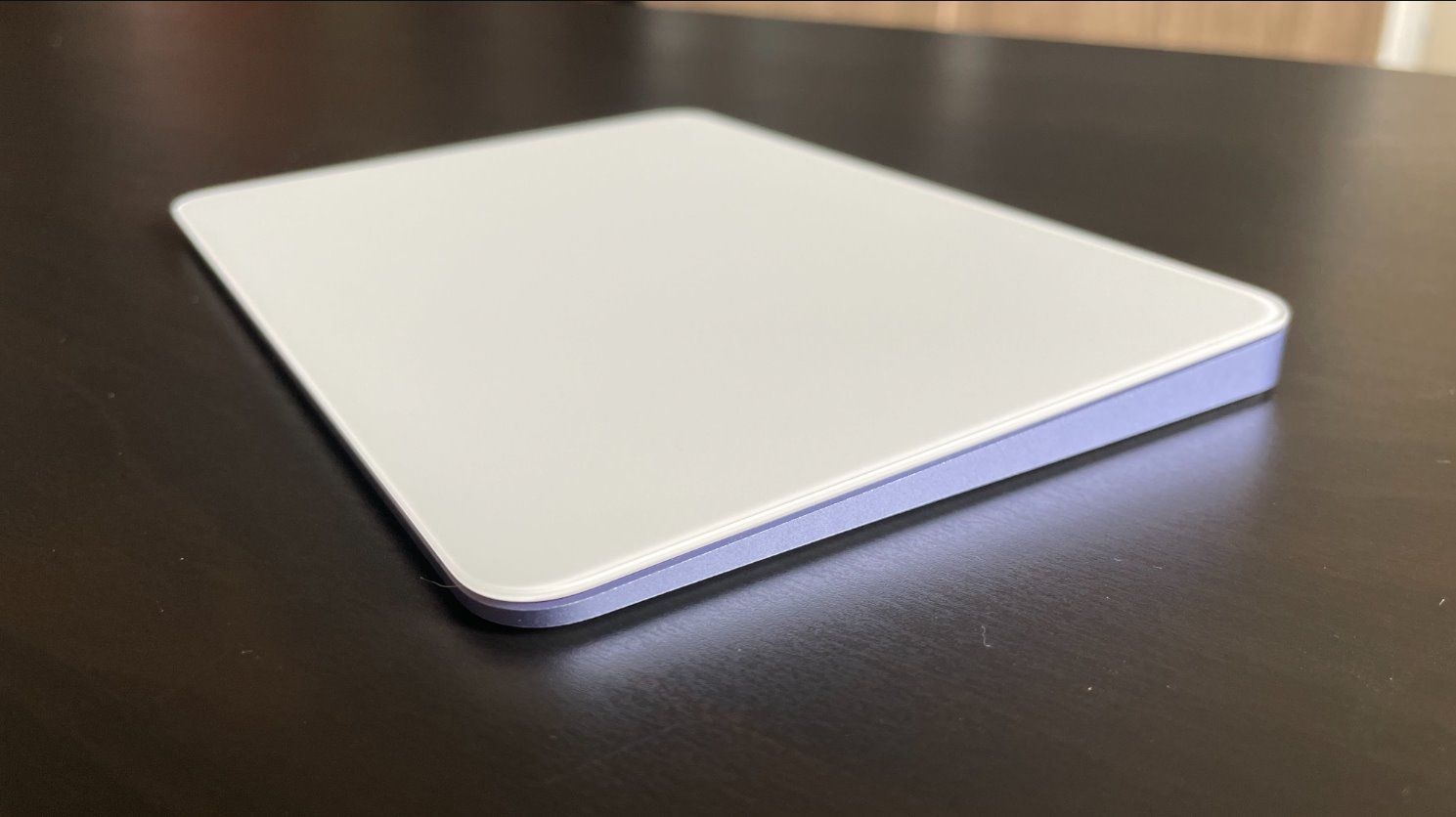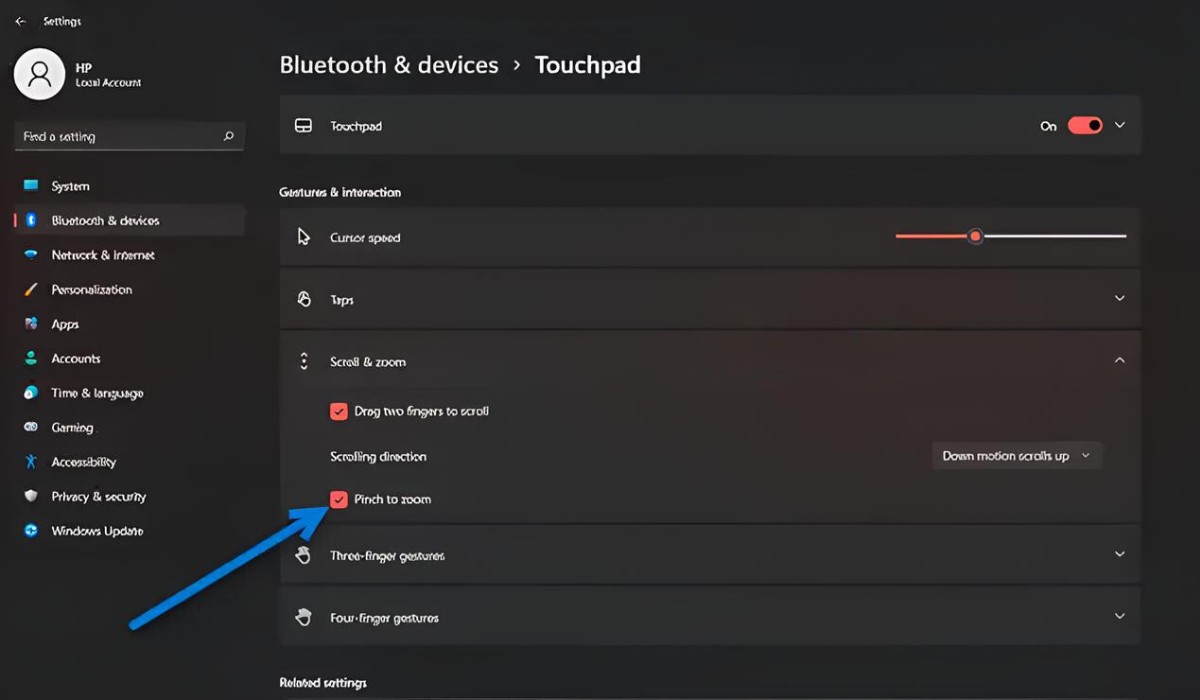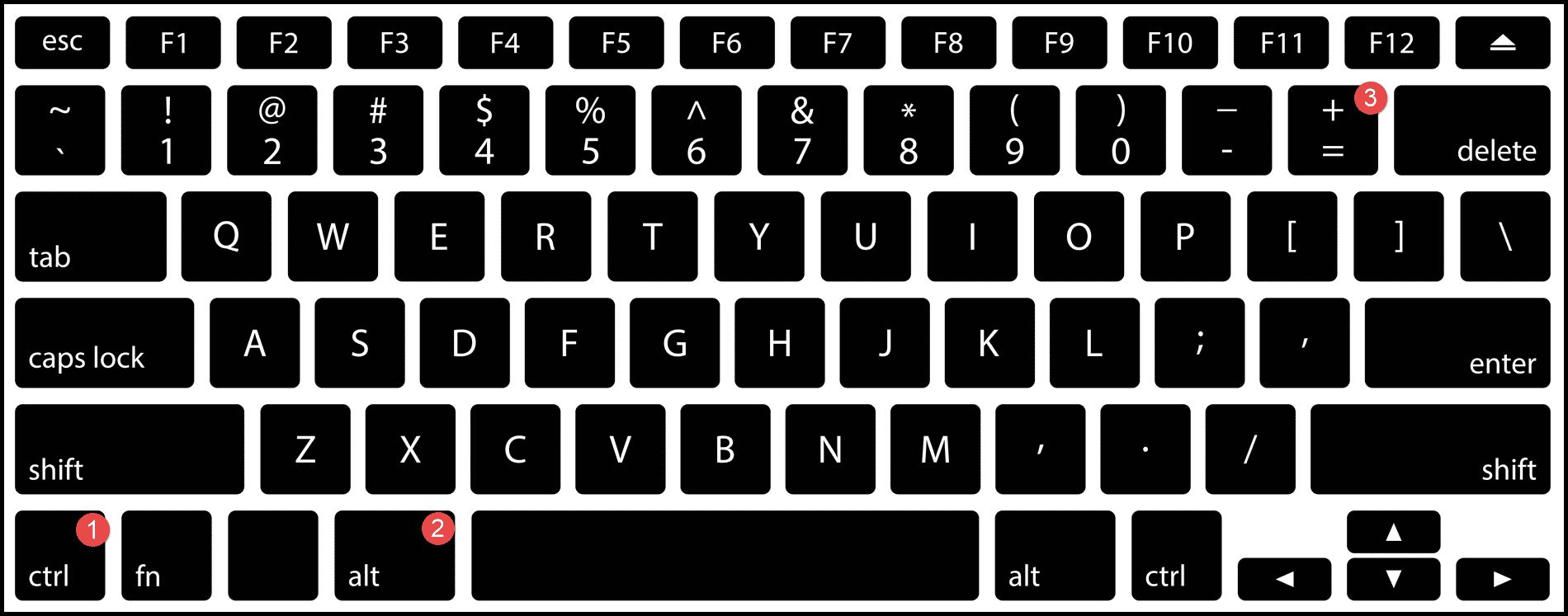Introduction
Navigating a laptop's touchpad with precision is a vital skill for many users. Whether you're a student taking notes in a lecture hall, a professional crafting an important presentation, or a casual user browsing the web, the touchpad serves as a primary interface for interacting with your device. However, the feature that allows for easy zooming on the touchpad can sometimes become a nuisance, inadvertently causing frustration and interruptions to your workflow.
This article aims to guide you through the process of turning off the zoom function on your laptop's touchpad. By doing so, you can regain control over your touchpad's behavior and eliminate the accidental zooming that may disrupt your tasks. We will explore the steps for both Windows and Mac laptops, providing clear and concise instructions for each platform.
Whether you're a seasoned tech enthusiast or a novice user, understanding how to adjust these settings can greatly enhance your overall experience with your laptop. So, let's delve into the methods for turning off the mouse pad zoom on both Windows and Mac laptops, empowering you to customize your touchpad to suit your preferences and optimize your productivity.
Why You Might Want to Turn Off Mouse Pad Zoom
While the zoom feature on a laptop's touchpad can be a convenient tool for magnifying content, it may also lead to unintended actions and disrupt the user experience. Understanding the reasons behind wanting to disable this function can provide clarity on the potential benefits of doing so.
- Accidental Zooming: One of the primary reasons for wanting to turn off mouse pad zoom is the occurrence of accidental zooming. In the midst of navigating the touchpad, inadvertent gestures can trigger zoom actions, causing the screen to unexpectedly magnify and potentially disrupt the user’s workflow.
- Preference for Traditional Navigation: Some users may simply prefer traditional navigation methods and find the zoom function unnecessary for their daily tasks. By disabling the zoom feature, they can streamline their touchpad interactions and maintain a consistent user experience.
- Enhanced Precision: For individuals engaged in detailed tasks such as graphic design, precise cursor control is paramount. Disabling the zoom function can prevent unintended zooming, allowing for enhanced precision when manipulating on-screen elements.
- Personalization and Customization: Customizing the touchpad behavior to align with individual preferences is a common practice among laptop users. Turning off mouse pad zoom enables users to tailor their touchpad functionality to suit their specific needs and usage patterns.
- Minimizing Distractions: Unintentional zooming can disrupt the user’s focus and lead to unnecessary distractions. By deactivating the zoom feature, users can minimize interruptions and maintain a smooth, uninterrupted workflow.
Ultimately, the decision to turn off mouse pad zoom is driven by the user’s desire for a more tailored and seamless touchpad experience. Whether it’s to prevent accidental zooming, enhance precision, or simply align with personal preferences, the ability to customize the touchpad’s behavior empowers users to optimize their interaction with their laptops.
How to Turn Off Mouse Pad Zoom on Windows Laptop
Windows laptops offer a variety of settings that allow users to customize their touchpad behavior, including the option to disable the zoom function. By following these straightforward steps, you can effectively turn off mouse pad zoom on your Windows laptop, reclaiming control over your touchpad’s actions.
- Accessing the Settings: Begin by accessing the “Settings” menu on your Windows laptop. This can typically be done by clicking on the Windows icon in the bottom-left corner of the screen and selecting the gear-shaped “Settings” icon.
- Locating the Devices Section: Within the “Settings” menu, look for the “Devices” option and click on it to access the various device settings, including those related to the touchpad.
- Adjusting Touchpad Settings: Under the “Devices” section, navigate to the “Touchpad” tab or a similar option that pertains to touchpad settings. Here, you will find specific configurations for the touchpad’s behavior.
- Disabling the Zoom Function: Within the touchpad settings, locate the option related to zoom functionality. This may be labeled as “Pinch to Zoom” or a similar description. Simply toggle the switch to turn off this feature, effectively disabling the touchpad zoom function.
- Confirming the Changes: After disabling the zoom function, ensure that the changes have been applied by testing the touchpad’s behavior. Verify that the zoom action no longer occurs when performing pinch gestures on the touchpad.
Following these steps will allow you to turn off mouse pad zoom on your Windows laptop, providing you with a more consistent and controlled touchpad experience. By customizing the touchpad settings to align with your preferences, you can enhance your productivity and minimize disruptions caused by unintended zooming.
How to Turn Off Mouse Pad Zoom on Mac Laptop
Mac laptops, known for their intuitive user interface, offer a straightforward process for disabling the zoom function on the touchpad. By following the steps outlined below, you can easily turn off mouse pad zoom on your Mac laptop, ensuring a seamless and tailored touchpad experience.
- Accessing System Preferences: Begin by clicking on the Apple logo in the top-left corner of the screen and selecting “System Preferences” from the dropdown menu. This will open the centralized settings hub for your Mac laptop.
- Navigating to Trackpad Settings: Within the “System Preferences” window, locate and click on the “Trackpad” option. This will provide access to a range of settings related to the laptop’s trackpad functionality, including the zoom feature.
- Disabling Zoom Gestures: In the “Trackpad” settings, look for the section pertaining to zoom gestures. You will likely find options to enable or disable specific trackpad gestures, including pinch-to-zoom and other zoom-related actions.
- Unchecking Zoom-Related Options: To turn off mouse pad zoom, simply uncheck the boxes or toggle the switches associated with zoom gestures. This action effectively disables the zoom function on your Mac laptop’s trackpad.
- Testing the Changes: After making the adjustments, test the trackpad’s behavior to ensure that the zoom function has been successfully turned off. Perform pinch gestures and other relevant actions to verify that unintended zooming no longer occurs.
By following these steps, you can swiftly disable the zoom function on your Mac laptop’s touchpad, granting you greater control over your trackpad interactions. Customizing the trackpad settings to align with your preferences empowers you to optimize your user experience and minimize disruptions caused by unintentional zoom gestures.
Conclusion
Mastering the art of customizing your laptop’s touchpad behavior is a valuable skill that can greatly enhance your user experience. By learning how to turn off mouse pad zoom on both Windows and Mac laptops, you have gained the ability to tailor your touchpad’s functionality to suit your preferences and optimize your productivity.
Whether you sought to eliminate accidental zooming, enhance precision, or simply align with your personal navigation style, the process of disabling the zoom function empowers you to reclaim control over your touchpad. With the guidance provided in this article, you now possess the knowledge and steps necessary to modify your touchpad settings, ensuring a more seamless and tailored interaction with your laptop.
As you navigate your daily tasks, from creative endeavors to professional responsibilities, having a touchpad that behaves in accordance with your preferences is instrumental. The ability to customize the touchpad’s behavior not only minimizes disruptions but also fosters a more intuitive and efficient workflow, ultimately contributing to a more satisfying user experience.
By taking charge of your touchpad’s settings and understanding the process of turning off mouse pad zoom, you have unlocked the potential to optimize your interactions with your laptop. Embracing this level of customization empowers you to tailor your digital environment to align with your unique needs and preferences, ultimately enhancing your overall productivity and enjoyment of using your laptop.









